Several weeks ago while playing volleyball (bump, set, spike) with colleagues and translators-in-training, I stubbed my toe on a rock poking up out of the sand. The resulting scrape opened up a small “bleed” as Poppy calls them. After everyone had finished basking in the glory of the tremendous spike I just threw down (that part may or may not be true), one translator approached to make sure I hadn’t gravely injured myself. Seeing the blood he exclaimed, Oh ! Les enfants ! (“Oh! The kids!”).
Although I immediately understood him to be making a comment about of the state of my toe, his exclamation makes little to no sense to someone who has never studied the languages spoken in our region. What after all do children–les enfants–have to do with a hurt toe? You see, not everyone divides the body into the same number of parts, especially when it comes to arms and legs. (No cannibal jokes please.)
In all the languages with which I work there is no word that distinguishes the hand from the arm or the foot from the leg (not to say there aren’t separate words for shoulder, forearm, elbow, etc). So, touching anywhere on that extremity that attaches at your shoulder and terminates with your fingers is all called the arm. And same goes for that extremity that attaches at the hip and ends with the toes, that’s all the leg. Where does that leave fingers and toes then? Wait for it. It’s charming. Those are the les enfants–the children of your arms and children of your legs, respectively!
Fingers are arm children while toes are leg children.
I know of one language here, however, that follows a different pattern, calling fingers and toes the tip of the mouth of the arm and the tip of the mouth of the leg. It was explained to me that the arm is the arm, the hand is the mouth of the arm and fingers are the tip of the mouth of arm. Got it? Makes some sense, right?
This highlights two important thoughts. First, understanding language and culture is imperative. That goes not just for understanding the language and culture in the place where we’ve come to help with Bible translation, but that also includes being aware of my own home language and culture, and the languages and cultures found in the Bible. Cultural presuppositions and misunderstandings lie in ambush. We so easily transport our culture over into another as the opening story illustrates: my follow volleyballer exclaimed les enfants in French, not his mother tongue, clearly speaking in French what he thought in his language despite the cultural mismatch.
Secondly, every language succeeds in communicating even if their lexical inventory doesn’t match up 100% to the expectations implanted by our mother tongues. So, don’t go away thinking to yourself, “Those poor African languages don’t have a word for hand or foot.” Because, in fact,they do have a word for hand and foot; it just happens to be the same word as for arm and leg. This all just means that if we ever translate the classic children’s song Head, Shoulders, Knees and Toes, the cultural appropriate version will become Head, Shoulders, Knees and the Kids.
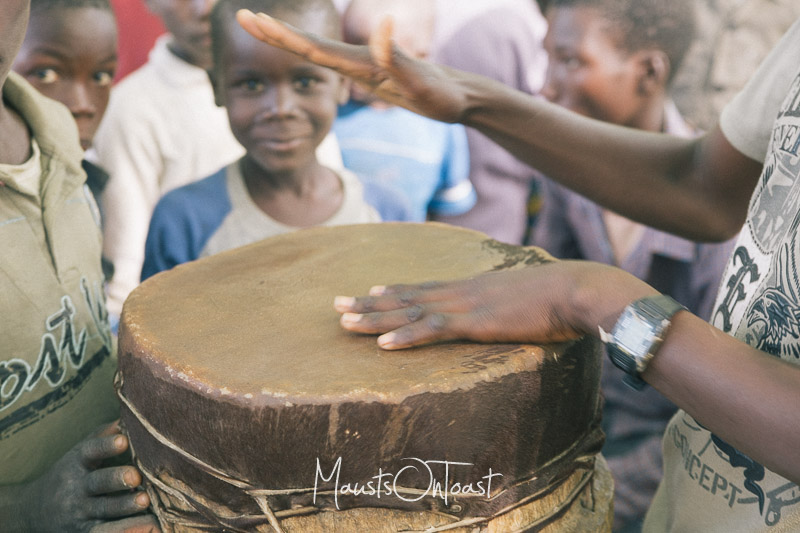
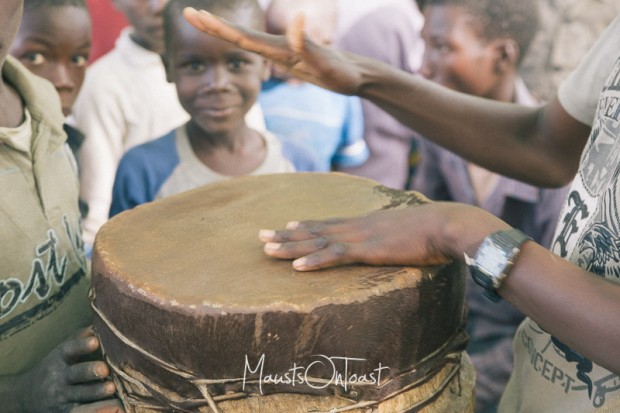
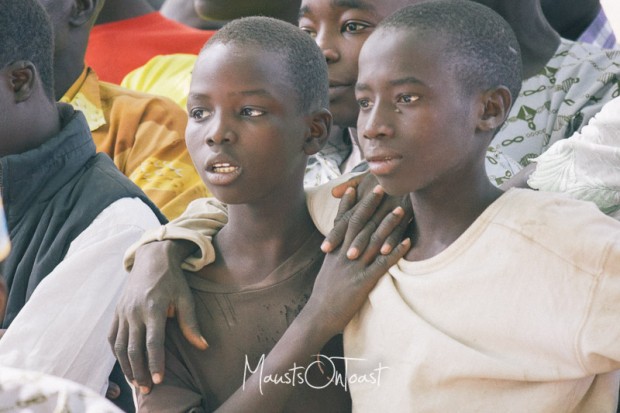
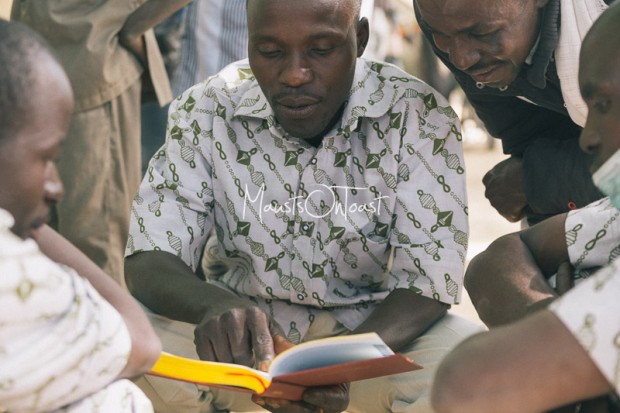
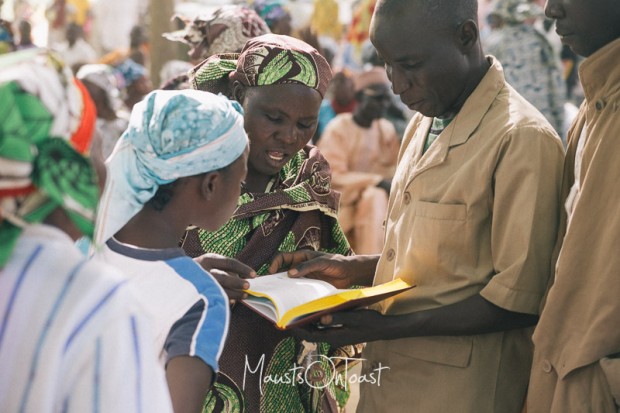
CommentsOnToast